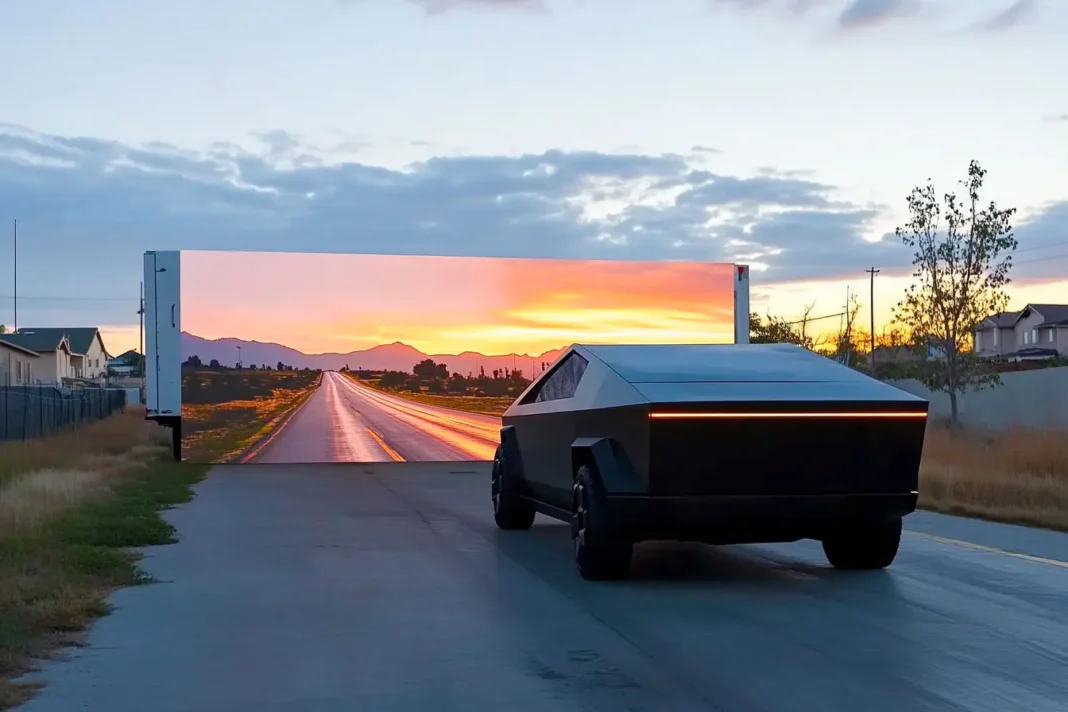Have you ever wondered what would happen if you placed a fake wall in front of a Tesla? Sounds like a prank, right? But in the world of self-driving cars, even small tricks can reveal big problems.
As Tesla and other companies push the boundaries of autonomous driving, we expect these vehicles to be nearly flawless — powered by cutting-edge AI and surrounded by sensors. But what if a simple illusion can fool that high-tech brain?
In this article, we’ll dive into how fake walls and visual hacks are testing the limits of Tesla’s smart systems — and what that means for the future of driving safety.
Can You Fool a Self-Driving Car?
Self-driving cars are no longer science fiction. With companies like Tesla, Waymo, and others racing to perfect autonomous vehicles, we’re entering a future where human drivers may be optional. But that raises an important question:
Can you fool a self-driving car?
The short answer is: yes. But the consequences could be dangerous — even deadly.
How Do Self-Driving Cars “See”?
Before understanding how to trick them, we need to understand how they work.
Self-driving cars rely on a complex combination of sensors, including:
– Cameras to detect objects, traffic lights, road signs
– Radar to track speed and distance of moving objects
– Lidar (Light Detection and Ranging) to map the environment in 3D
– GPS and AI algorithms for positioning and decision-making
Together, these tools create a digital “picture” of the world. But here’s the catch — they only understand what they’re trained to recognize.
Tricking a Self-Driving Car is Possible
Researchers and pranksters alike have already shown how autonomous systems can be fooled. For example:
– A small sticker on a stop sign can confuse the AI, making it read “Stop” as “Speed Limit 45”.
– Projected images, like a virtual pedestrian or a flashing arrow, can make a car stop or swerve — even when there’s nothing actually there.
– In one experiment, a group of people walking in a specific pattern could confuse the sensors, essentially “jamming” the car’s understanding of what’s happening.
The bottom line? AI doesn’t truly “see” — it recognizes patterns. And those patterns can be hacked or disrupted.
Read more: Grok Vs ChatGPT The Truth You Must Know
What If You Succeed in Fooling It?
At best, the car might slow down, reroute, or come to a stop. But in more extreme cases, it could cause traffic accidents, property damage, or even injure pedestrians or passengers.
And while today’s self-driving cars are programmed to be cautious, that also makes them vulnerable to exploitation — they’ll stop if they think something’s wrong, even if it’s a prank.
Ethical & Legal Implications
Intentionally fooling a self-driving car isn’t just a harmless joke — it could be considered a crime.
– You’re endangering lives.
– You’re manipulating AI systems that interact with the public.
– In the future, we may need laws specifically against “autonomous vehicle tampering.”
There’s also the question of responsibility: if a hacked or tricked car causes an accident, who’s to blame? The hacker? The manufacturer? The car?
The Bigger Picture: Security Matters
This conversation goes beyond cars. As we integrate AI into public life, from vehicles to smart cities, we must also ask:
– Can these systems be manipulated?
– Who monitors them?
– What kind of protections are in place?
Building safe, foolproof AI isn’t just about good coding — it’s about preparing for the human factor: curiosity, mischief, and yes — even malice.
Conclusion
Yes, you can fool a self-driving car. But should you?
As autonomous vehicles become more common, ensuring their safety and reliability will be just as important as improving their technology. Because in a world driven by AI, even a small trick can have big consequences.
FAQs:
Can fake walls really fool a Tesla?
Yes, fake walls or carefully placed visual illusions have been shown to confuse Tesla’s self-driving system by interfering with how its cameras and AI interpret the environment.
How does Tesla’s Autopilot detect obstacles?
Tesla’s Autopilot relies on a combination of cameras, sensors, and neural networks powered by AI to detect and respond to obstacles, road signs, and other vehicles in real time.
What happens when Tesla misinterprets a visual illusion?
When Tesla misreads an illusion, it might brake suddenly, change lanes, or fail to recognize the object entirely, potentially leading to unsafe driving decisions.
Are visual tricks a serious threat to autonomous vehicles?
Yes, visual hacks expose a major weakness in AI-based driving systems. If not addressed, they could be exploited, leading to safety concerns for drivers and pedestrians alike.
Is Tesla working on improving its self-driving vision system?
Tesla regularly updates its Full Self-Driving (FSD) software and hardware to improve detection accuracy and system reliability, aiming to minimize misinterpretations caused by visual tricks.
Can other self-driving cars be fooled the same way?
Yes, other autonomous vehicles can also be vulnerable to visual manipulation, depending on how their AI and sensor systems are trained and calibrated.




